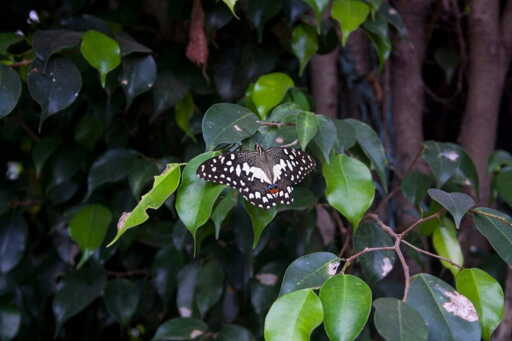SINGAPORE — Singapore’s reputation as one of the world’s cleanest cities is being put to the test by a surge in rodent and insect infestations that experts say is being fueled by climate change and heat stress. At Changi Airport, famous for its indoor gardens that embody the “City in Nature” image Singapore markets to the world, lush plant displays have been succumbing to disease and insect attacks. In the last two years, swaths of greenery have had to be replaced. It’s a similar story at the iconic floating Apple Store at Marina Bay Sands, where a circle of Chinese banyan trees lines the interior of its glass dome, encircling the latest iPhones, iPads and MacBooks. Last year, the trees had to be replaced because of insect infestations. “The insects are coming inside — to escape the heat,” says Veera Sekaran, a botanist at the National University of Singapore and founder of Greenology, the firm that manages landscaping at both Changi and Apple’s flagship store. “Heat stress doesn’t just affect people.” Biological markers for heat stress Plants grown in artificial indoor environments are already vulnerable to disease. When insects move in to feed on sap or build nests, they become even more susceptible, Sekaran tells Mongabay. “The best biological markers are the little creatures, because their tolerance to extremes is very low,” he tells Mongabay. “This is especially true in the tropics, where temperatures are usually stable. For a butterfly, a 1-degree [Celsius, or 1.8° Fahrenheit] temperature rise is very…This article was originally published on Mongabay
From Conservation news via this RSS feed


